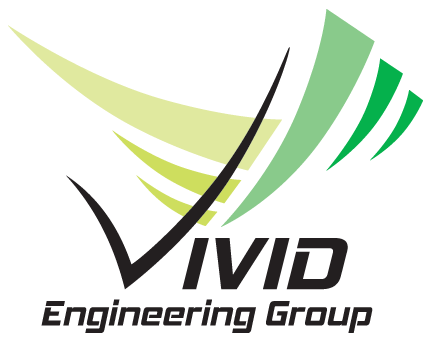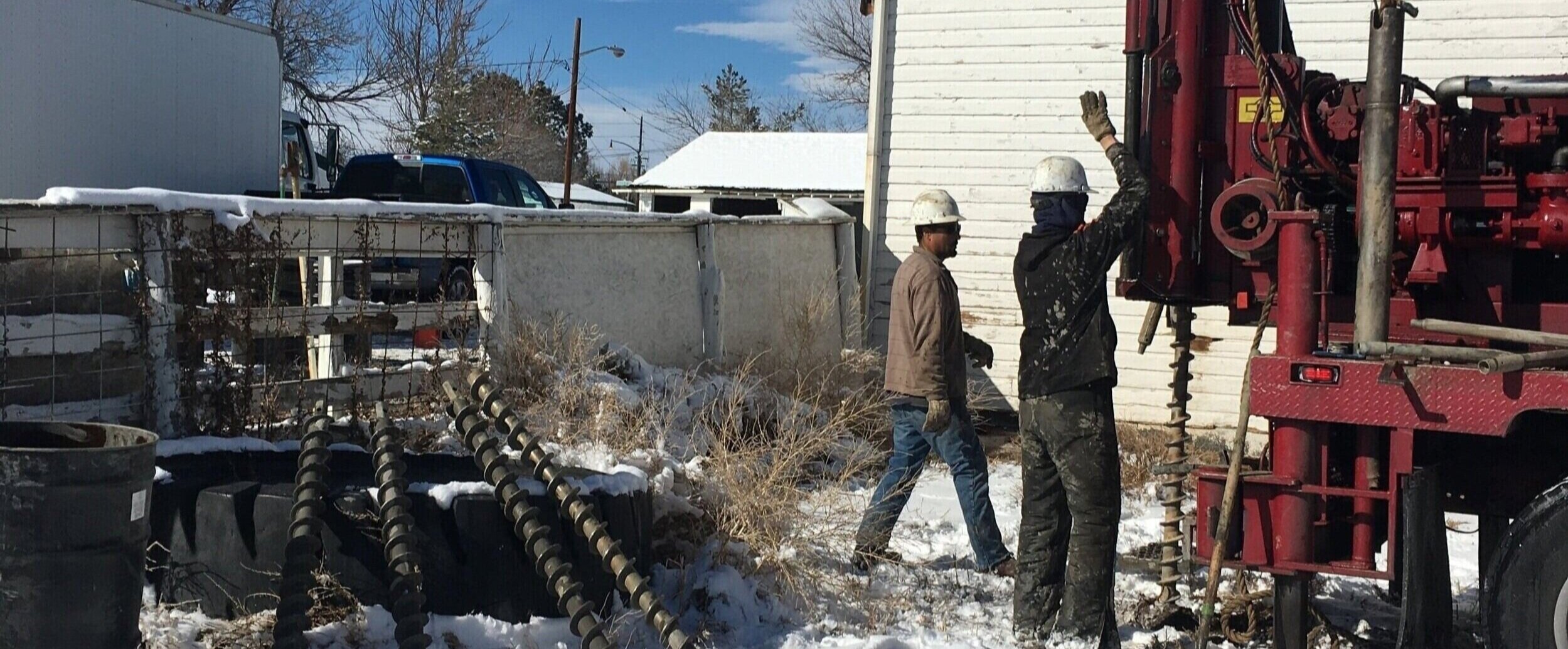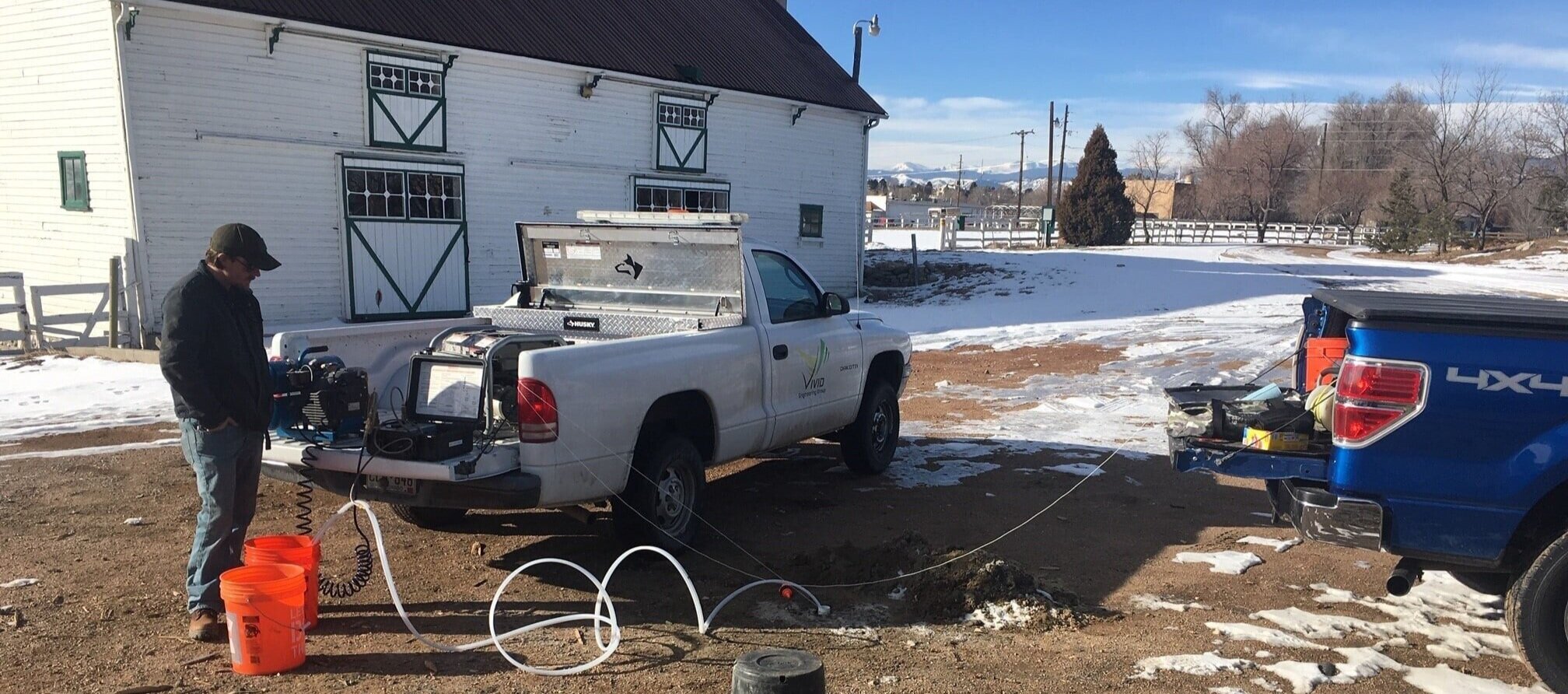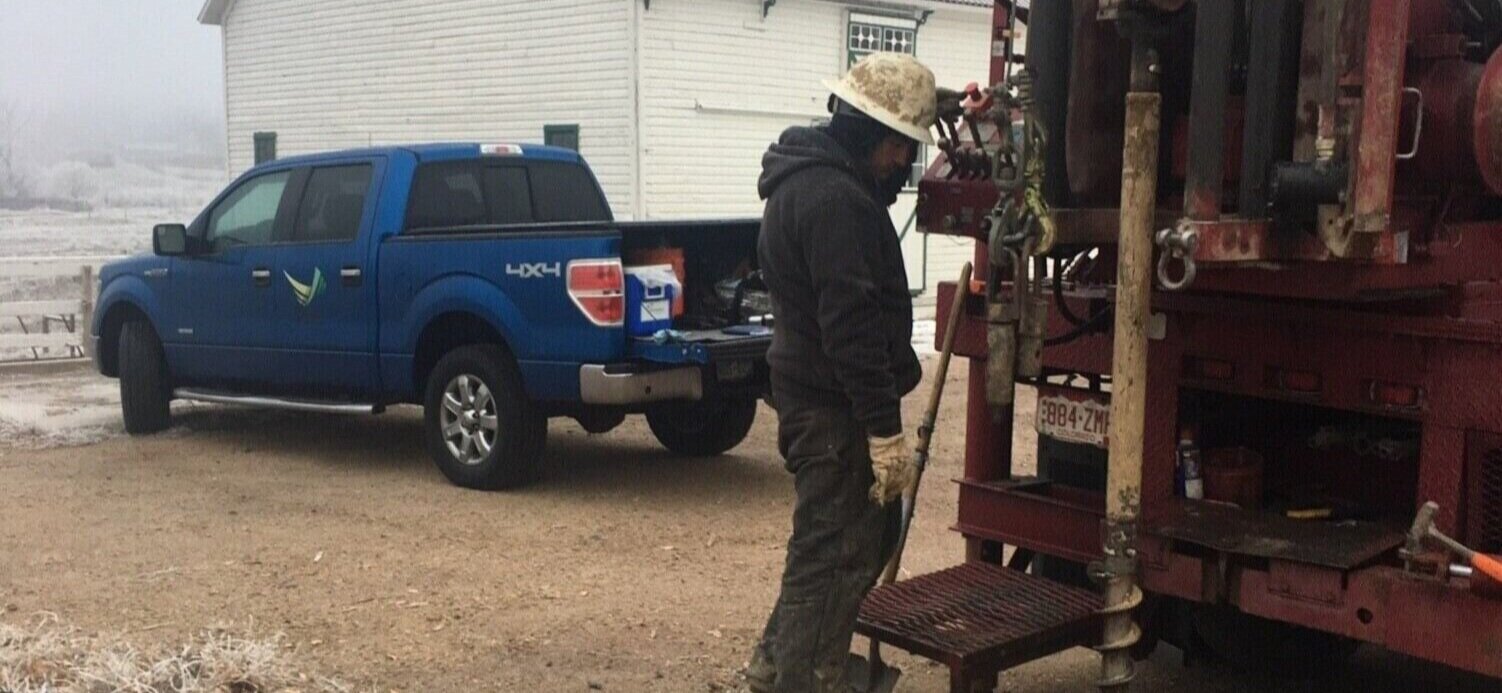Church Ranch Corporate Center
Environmental Assessment
CLIENT:
Braun Intertec
Owner:
Dominium Development & Acquisition, LLC
Services:
Asbestos Testing
Lead Based Paint Testing
Hazardous Building Materials Assessment
Environmental Contamination Assessments
LOCATIOn:
Denver, CO
Overview:
Vivid Engineering partnered with Braun Intertec to provide Asbestos Testing, Lead-Based Paint Testing, Hazardous Building Materials Assessment, and Environmental Contamination Assessments for the redevelopment of the historic Church Ranch Corporate Center in Denver, CO.
Spanning over 120 years of history, this site includes barns, silos, houses, and office buildings. Dominium Development & Acquisition, LLC purchased the property with the goal of preserving its rich history while developing it for future businesses. Vivid supported this effort over three years, beginning with a Phase I Environmental Site Assessment (ESA). During a subsequent Phase II ESA, Vivid identified soil and groundwater contamination from a previously removed underground storage tank. After conducting further subsurface investigations, Vivid successfully defined the groundwater plume with approval from the Colorado Division of Oil and Public Safety (OPS), allowing Braun Intertec to receive a "No Further Action" determination from the State.
In addition, Vivid conducted Hazardous Building Assessments of multiple structures, including a historic barn and silo. This involved examining accessible areas for asbestos, lead-based paint, PCBs, mercury, and other hazardous materials, collecting samples, and providing detailed reports with analysis results and recommendations. Vivid’s comprehensive assessments and testing ensured safe and responsible redevelopment of this historic site.




